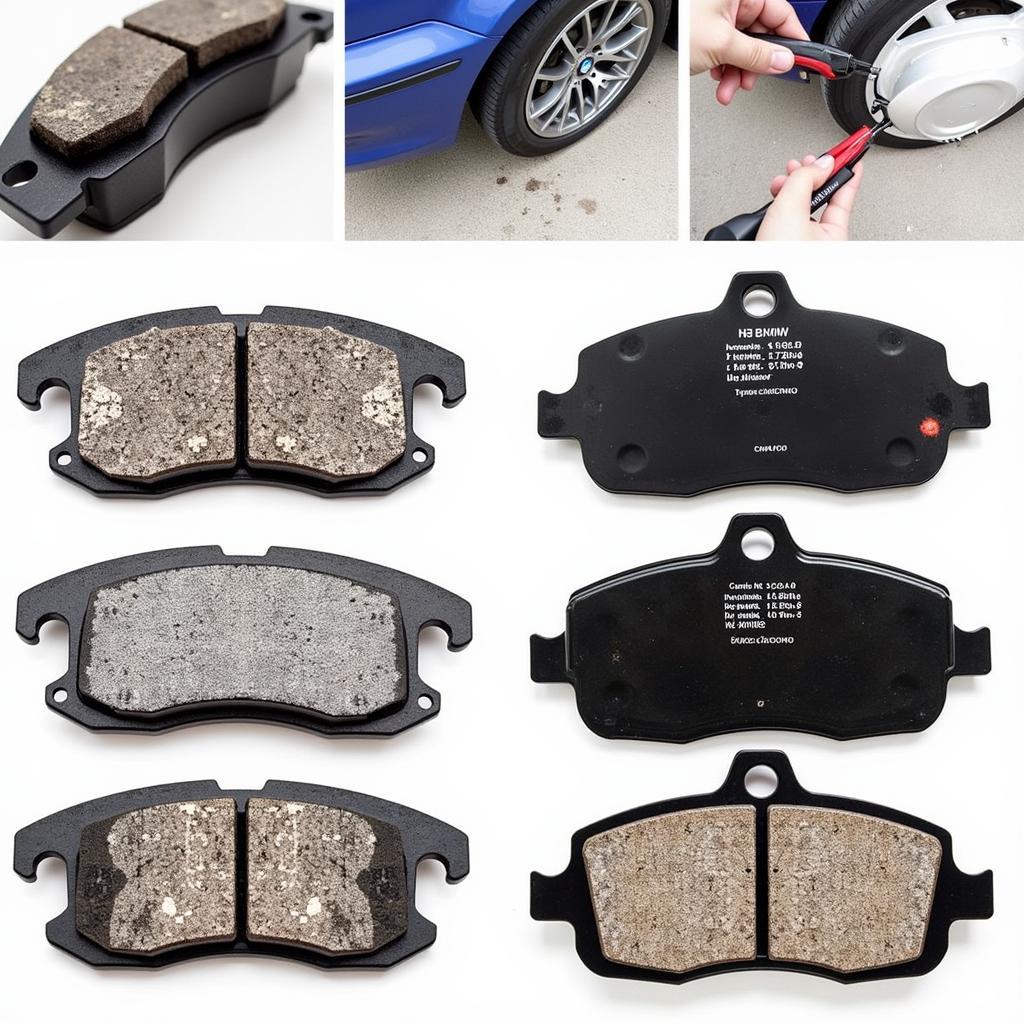If your Lincoln MKZ battery keeps dying, you’re not alone. This is a common issue, and it can be incredibly frustrating. This guide will walk you through the potential causes, diagnostic steps, and solutions, empowering you to tackle the problem head-on, whether you’re a DIY enthusiast or prefer professional assistance.
Why Does My Lincoln MKZ Battery Keep Dying?
Several factors can contribute to a continuously draining battery in a Lincoln MKZ. Understanding these potential culprits is the first step towards a solution. These can range from simple issues like leaving lights on to more complex problems like parasitic draws or a failing alternator. Identifying the root cause is crucial for effective repair.
Common Causes of a Dying Lincoln MKZ Battery
- Parasitic Draw: A parasitic draw occurs when a component continues to consume power even when the car is off. This can be anything from a faulty interior light to a malfunctioning module.
- Failing Alternator: The alternator recharges the battery while the engine is running. A failing alternator won’t charge the battery effectively, eventually leading to a dead battery.
- Old Battery: Batteries have a limited lifespan. Over time, their ability to hold a charge diminishes, leading to more frequent dying episodes.
- Extreme Temperatures: Both extreme heat and cold can negatively impact battery performance and lifespan.
- Corroded Battery Terminals: Corrosion on the battery terminals can disrupt the flow of electricity, preventing the battery from charging properly or discharging effectively.
- Leaving Accessories On: Accidentally leaving lights, the radio, or other accessories on can drain the battery, especially older batteries.
Diagnosing Your Lincoln MKZ Battery Problem
Here’s a step-by-step guide to help you diagnose the issue:
- Check the Battery Terminals: Inspect the battery terminals for corrosion. Clean them with a wire brush and baking soda solution if necessary.
- Test the Battery: Use a multimeter to test the battery voltage. A fully charged battery should read around 12.6 volts.
- Test the Alternator: With the engine running, the voltage should be between 13.5 and 14.5 volts. A lower reading indicates a potential alternator problem.
- Check for Parasitic Draw: With the car off and all accessories turned off, use a multimeter to measure the current draw. A draw exceeding 50 milliamps may indicate a parasitic draw.
Solutions for a Dying Lincoln MKZ Battery
Once you’ve diagnosed the problem, here are the possible solutions:
- Replace the Battery: If the battery is old or failing, replacement is the most straightforward solution.
- Replace the Alternator: A failing alternator needs to be replaced to ensure the battery is charged correctly.
- Address Parasitic Draw: Identify and fix the component causing the parasitic draw. This might involve replacing a faulty relay, switch, or module. Remote software diagnostics and programming can sometimes be used to address these issues without physical intervention.
- Clean Battery Terminals: Regularly cleaning the battery terminals can prevent corrosion and ensure a good connection.
“Regular battery maintenance, like cleaning terminals and checking the voltage, can significantly extend battery life and prevent unexpected failures,” says John Miller, Senior Automotive Electrical Systems Engineer at Advanced Auto Solutions.
Conclusion
A dying Lincoln MKZ battery can be a nuisance, but by understanding the potential causes and following the diagnostic steps outlined in this guide, you can pinpoint the problem and implement the appropriate solution. Remember, proactive maintenance can prevent many battery-related issues. Don’t hesitate to seek professional help if you’re uncomfortable performing these tasks yourself. Addressing the issue promptly will keep your Lincoln MKZ running smoothly.
“Modern vehicles are increasingly reliant on complex electronic systems. Using remote diagnostic and programming tools can offer quicker, more precise solutions to electrical problems like parasitic draws,” adds Maria Sanchez, Lead Diagnostics Technician at AutoTech Innovations.

